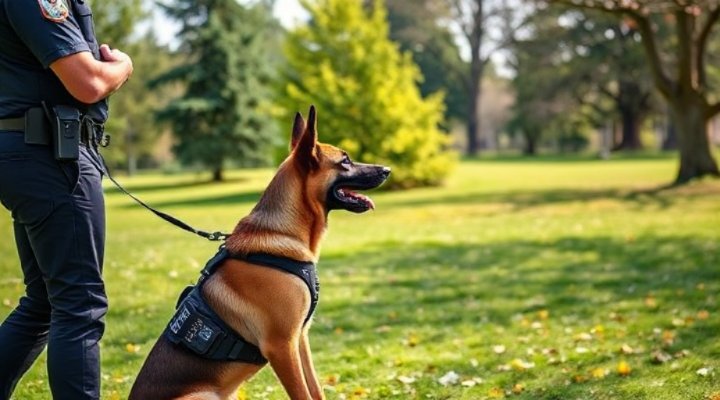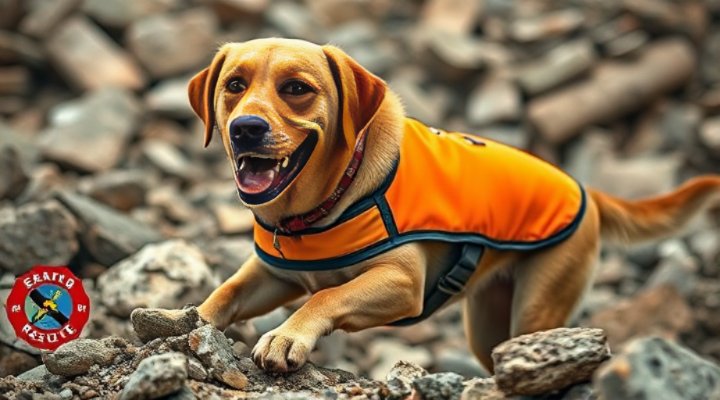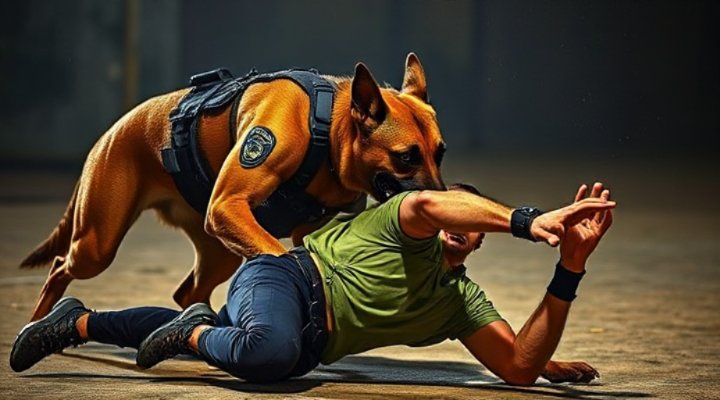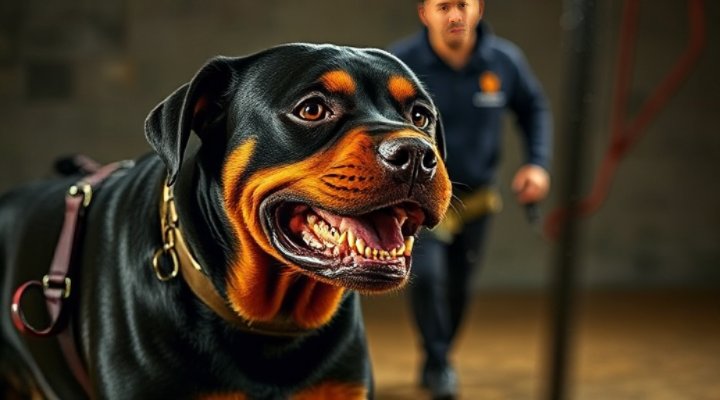K9 dog training is more than just teaching basic commands – it’s about developing a deep bond between handler and dog while preparing them for important work. Whether you’re interested in police work, search and rescue, or personal protection, proper K9 training requires patience, consistency, and specialized techniques.

The Fundamentals of K9 Dog Training
Before diving into specialized K9 training, it’s crucial to establish a strong foundation. Basic obedience is the cornerstone of all K9 work, and surprisingly, many of the techniques overlap with regular puppy training basics. However, K9 training takes these fundamentals to a much higher level of precision and reliability.
For instance, while most pet dogs learn to sit on command, a K9 dog must maintain that position regardless of distractions or duration. This level of discipline is achieved through consistent reinforcement and gradually increasing difficulty in training scenarios.

Essential Equipment for K9 Training
Proper equipment can make a significant difference in K9 training effectiveness. Some essential items include:
- High-quality training collars (prong, e-collar, or flat collar depending on the dog)
- Durable leashes of varying lengths
- Reward pouches for quick treat access
- Specialized training vests or harnesses
- Bite sleeves or training dummies for protection work
Remember, the right equipment should complement your training, not replace proper technique. If you’re just starting out, consider enrolling in puppy obedience classes to build a solid foundation before moving to advanced K9 training.

Specialized K9 Training Areas
Police K9 Training
Police K9 training focuses on developing skills like suspect apprehension, evidence detection, and narcotics identification. These dogs undergo rigorous training to ensure they can perform under high-stress situations. Interestingly, many police K9s start with basic agility training to build their physical capabilities before moving to specialized work.
Search and Rescue Training
Search and rescue dogs are trained to locate missing persons in various environments. Their training emphasizes scent discrimination and endurance. These dogs often work in challenging conditions, so their training includes exposure to different terrains and weather conditions.

Personal Protection Training
Personal protection dogs are trained to defend their handlers on command. This type of training requires careful balance – the dog must be completely controlled yet capable of immediate action when needed. It’s worth noting that proper protection training should always be conducted by professionals, as done incorrectly, it can lead to dangerous behavior.
Training Tips for K9 Handlers
Whether you’re training a police K9 or a personal protection dog, these tips will help you succeed:
- Start training sessions when both you and your dog are focused and energized
- Keep sessions short (15-30 minutes) but frequent
- Always end on a positive note
- Gradually increase difficulty as your dog masters each level
- Incorporate real-world scenarios into training
For those interested in expanding their dog’s skills beyond K9 work, you might explore therapy dog certification as another way to put your dog’s training to good use.

Common Challenges in K9 Training
Even with the best preparation, K9 training comes with challenges. Some common issues include:
- Maintaining focus in distracting environments
- Balancing drive with control
- Preventing burnout from intense training schedules
- Ensuring proper socialization alongside specialized training
Remember, every dog progresses at their own pace. What works for one K9 might not work for another, so flexibility in your approach is key. If you’re struggling with specific behavioral issues, our guide on aggressive dog training might offer helpful insights.
Advanced K9 Training Techniques
Once your dog has mastered the basics, you can introduce more advanced K9 training techniques:
- Scent discrimination training for detection work
- Directional commands for search patterns
- Remote command obedience for off-leash control
- Scenario-based training to simulate real-world situations
These advanced techniques require patience and often professional guidance. Many handlers find that attending specialized dog training classes helps them learn proper implementation methods.
Maintaining Your K9’s Skills
K9 training isn’t a one-time event – it’s an ongoing process. Regular practice sessions are essential to maintain your dog’s skills. Incorporate training into daily routines, and periodically revisit foundational skills to keep them sharp.
Also, remember that physical conditioning is just as important as mental training. Many K9 handlers incorporate agility training into their dogs’ routines to maintain peak physical condition.
Related Keywords
K9 training, police dog training, search and rescue dog training, personal protection dogs, advanced dog obedience, scent detection training, working dog training, professional dog handling, canine law enforcement, protection dog training

